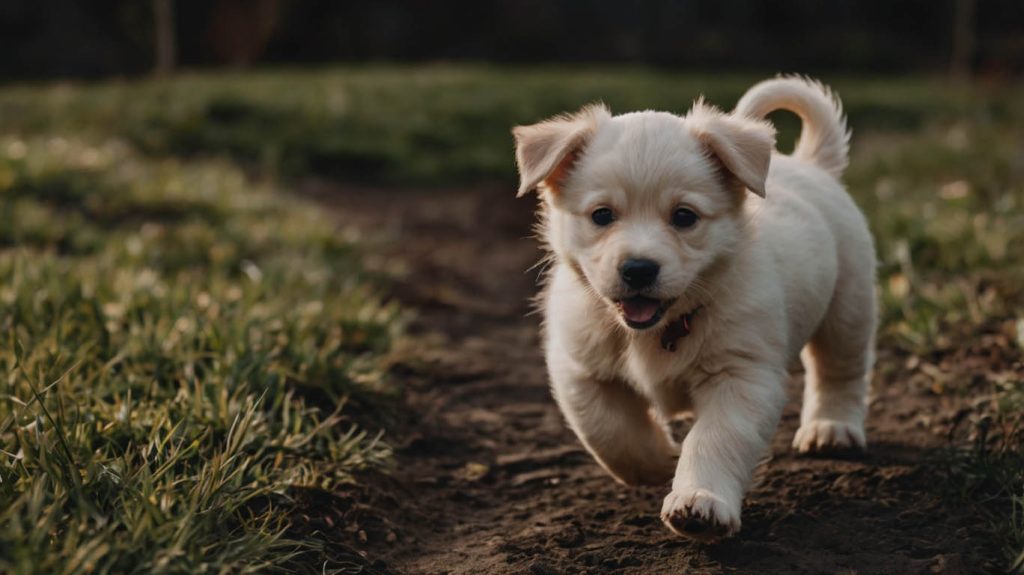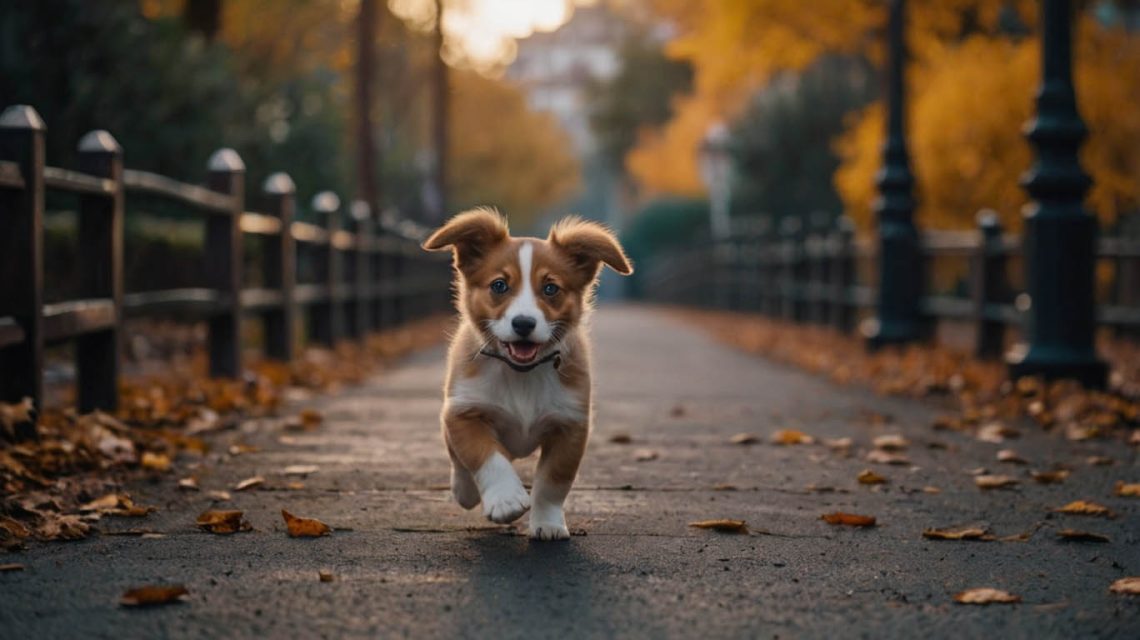Taking your puppy for a walk might seem straightforward, but it’s more than just putting on a leash and heading outdoors. Puppies are naturally curious, energetic, and sometimes stubborn, which can turn a simple walk into an unpredictable adventure. However, with the right puppy walking tips, you’ll not only ensure smooth and enjoyable walks but also build a lasting bond with your furry friend.
In this guide, we’ll cover everything from leash training to common walking mistakes and how to avoid them. Whether you’re a first-time puppy owner or just looking for better walking habits, these tips will make every walk a joyful experience.
Why Walking Your Puppy is So Important
Walking your puppy isn’t just about exercise; it’s a multi-purpose activity that supports their physical health, mental stimulation, and emotional well-being.
Benefits of Regular Puppy Walks
- Physical Exercise: Prevents obesity and keeps their muscles strong.
- Mental Stimulation: Helps reduce anxiety and boredom.
- Socialization: Exposes puppies to new environments, people, and other dogs.
- Training Opportunity: Reinforces good behavior and obedience.
When Should You Start Walking Your Puppy?
Puppies can typically start walking outdoors once they’ve completed their vaccination schedule, usually around 12–16 weeks old. However, consult your vet before taking them out in public spaces.
Essential Puppy Walking Tips for Beginners
Starting with the basics sets the foundation for a lifetime of positive walking experiences.
Start with Short Walks
- Begin with 5–10 minute walks, gradually increasing the duration.
- Puppies have short attention spans and get tired quickly.
Choose the Right Leash and Collar
- Use a comfortable, adjustable collar or harness.
- A 4–6 foot non-retractable leash is ideal for better control.
Be Consistent with Commands
- Teach basic commands like “Sit,” “Stay,” and “Heel” before walking.
- Use positive reinforcement with treats and praise.

Puppy Walking Tips for Leash Training
Leash training is one of the first and most important lessons for your puppy.
Introduce the Leash Gradually
- Let your puppy get used to wearing the leash indoors first.
- Reward them with treats to build a positive association.
Keep Walks Calm and Controlled
- Avoid letting your puppy pull on the leash.
- If they pull, stop walking and wait for them to calm down before continuing.
Use Positive Reinforcement
- Reward good leash behavior with treats and verbal praise.
- Avoid harsh corrections or yanking on the leash.
Ideal Puppy Walking Schedule by Age
Puppies have different exercise needs depending on their age.
Puppy Walking Chart
| Age (Weeks) | Walking Duration | Frequency Per Day |
|---|---|---|
| 8–12 weeks | 5–10 minutes | 2–3 times |
| 3–6 months | 15–20 minutes | 2 times |
| 6–12 months | 30 minutes | 1–2 times |
Watch for Signs of Fatigue
- Heavy panting
- Lagging behind
- Laying down mid-walk
If you notice these signs, let your puppy rest.
Handling Common Puppy Walking Challenges
Puppy walks aren’t always smooth sailing. Here are solutions to common issues:
1. Pulling on the Leash
- Use a no-pull harness to discourage pulling.
- Stop walking when they pull and only continue when the leash is loose.
2. Refusing to Walk
- Use treats to motivate your puppy to move forward.
- Avoid pulling them along; instead, encourage with positive cues.
3. Lunging at Other Dogs or People
- Practice the “Watch Me” command to redirect their focus.
- Keep a safe distance from triggers until they’re trained.
Safety Puppy Walking Tips You Should Know
Safety should always come first during your puppy walks.
Choose Safe Walking Routes
- Avoid busy streets or areas with heavy traffic.
- Opt for quiet parks or dog-friendly trails.
Be Weather-Aware
- Avoid walking during extreme heat or cold.
- Carry water for both you and your puppy.
Check Their Paws Regularly
- Inspect for cuts, thorns, or debris after each walk.
- Use protective booties in harsh weather.
Socialization During Puppy Walks
Walking is an excellent opportunity to socialize your puppy with other dogs and people.
Introduce New Experiences Gradually
- Expose your puppy to different sights, sounds, and environments.
- Keep interactions positive and controlled.
Teach Appropriate Greetings
- Teach your puppy to sit calmly before greeting people or other dogs.
- Always ask other dog owners before allowing interactions.
Real-Life Story: Max’s First Walk
Max, an energetic Labrador puppy, struggled with leash training and pulling. His owner, Sarah, followed these puppy walking tips—short walks, consistent commands, and positive reinforcement. Within weeks, Max was walking calmly and enjoying his outings.
Max’s story shows how patience and the right approach can transform puppy walks into enjoyable experiences.
Puppy Walking Gear Checklist
Before heading out, ensure you have the right gear:
- Adjustable harness or collar
- 4–6 foot leash
- Waste bags
- Treats for positive reinforcement
- Portable water bowl
Being prepared makes walks smoother and stress-free.
Final Thoughts on Puppy Walking Tips
Walking your puppy is a vital part of their physical and emotional well-being. By following these puppy walking tips, you’ll create enjoyable, safe, and productive walks for both you and your furry friend.
Remember, consistency and patience are key. Every walk is an opportunity to bond, train, and have fun together.
So, grab that leash, put on your walking shoes, and enjoy every step with your adorable pup!
FAQs About Puppy Walking Tips
How often should I walk my puppy?
Puppies should be walked 2–3 times a day, depending on their age and energy levels.
How long should puppy walks be?
Start with 5–10 minutes and gradually increase as they grow older.
What should I do if my puppy refuses to walk?
Use treats and verbal encouragement to motivate them.
When can I start walking my puppy outside?
After their vaccinations are complete, usually around 12–16 weeks.
Should I let my puppy off the leash?
Only in secure, fenced areas and after reliable recall training.


